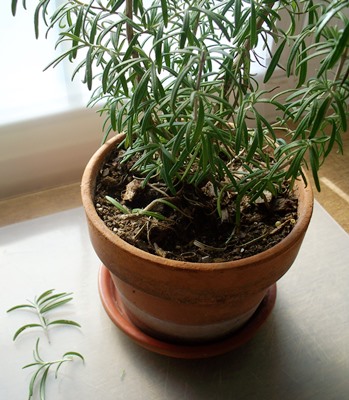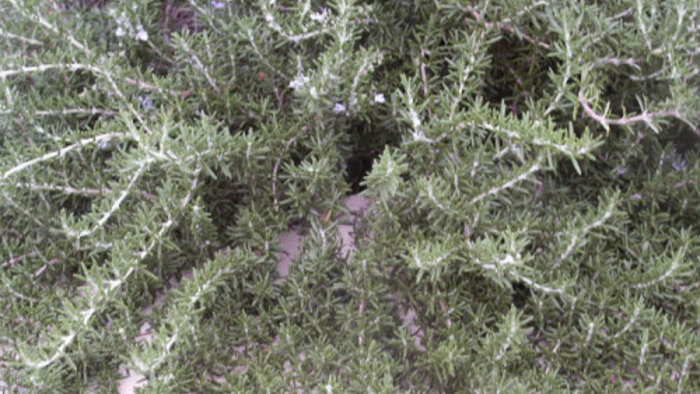
The breaking gardening news was announced at the end of November: Rosemary’s scientific name has changed.
The Royal Horticultural Society (RHS) in London ruled that after several centuries, rosemary deserves a name change from Rosemarinus officinalis to Salvia rosmarinus. Instead of being two separate species of plants, rosemary and sage are more similar than first considered when the two plants were named in the 1750s.
After considerable research, the RHS decided that because rosemary is a salvia, its scientific name should reflect that fact. The change in its scientific name means plant guides, other publications and plant labels will need to be updated, too.
Fortunately for vegetable and herb gardeners, rosemary will retain its common and familiar name.
Rosemary is a fragrant herb that’s actually a perennial evergreen shrub in warm climates. For hundreds of years it’s been used as a medicinal cure for a variety of health problems. The aromatic dark green, needle-like leaves are easy to grow and add an earthy flavor to many kinds of recipes.
Despite the name change, planting and growing rosemary won’t change. It can be planted, like sage, in garden beds or containers in a sunny spot. Rosemary grows best in warm, dry soil that drains well to keep roots healthy. Plants can also be grown indoors.
When planting in containers, the pots need to be large enough to support the mature plant with holes in the bottom for good drainage. A quick-draining potting mix designed for container gardening is preferred.
Transplant rosemary outside when night-time temperatures warm to a consistent 50-55 degrees. Give plants room to grow, spacing between 24-36 inches apart. Keep up with moderate watering and allow soil to dry slightly between waterings. Watch for issues related to soil that’s too moist, like wilting or yellowing leaves. Feed about once a month with a water-soluble fertilizer to keep plants healthy.
Snip rosemary stems and strip the leaves to use fresh in cooking or for drying. This aromatic herb flavors vinegars and butters, can be used in marinades and rubs for grilling, is good added to meat, fish, pasta and vegetable dishes, and adds a surprising new taste to breads, soups and stews.
No matter what you decide to call it, rosemary is an indispensable herb in the garden, especially in winter.
Fine Gardening Recommended Products

Gardener's Log Book from NYBG
Fine Gardening receives a commission for items purchased through links on this site, including Amazon Associates and other affiliate advertising programs.

Berry & Bird Rabbiting Spade, Trenching Shovel
Fine Gardening receives a commission for items purchased through links on this site, including Amazon Associates and other affiliate advertising programs.

A.M. Leonard Deluxe Soil Knife & Leather Sheath Combo
Fine Gardening receives a commission for items purchased through links on this site, including Amazon Associates and other affiliate advertising programs.



















Comments
Log in or create an account to post a comment.
Sign up Log in